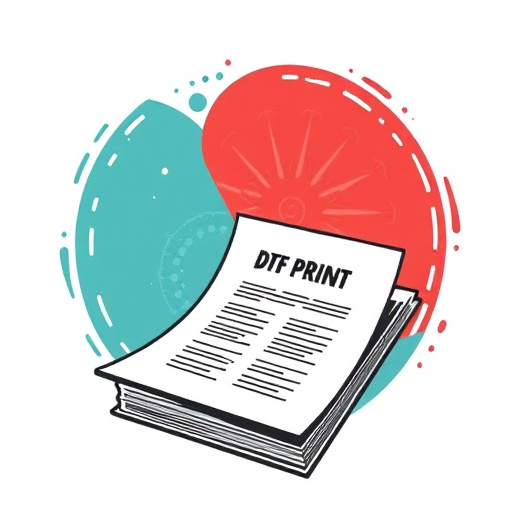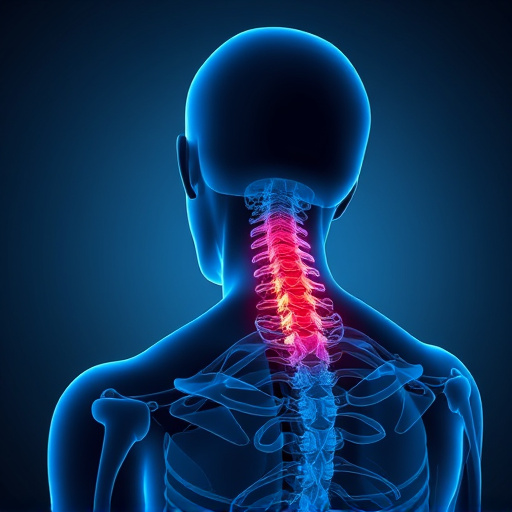Rest alone isn't sufficient for occupational injury treatment; a balanced approach combining targeted exercises and rehabilitation like chiropractic care is crucial for faster recovery and reduced chronic pain risk. Misconceptions lead to delayed or inadequate treatment, but integrated strategies addressing manual therapy, rehab, and pain management can effectively manage even minor on-the-job accidents.
“Unraveling the truth behind common misconceptions about occupational injury treatment is crucial for employees and employers alike. In this article, we debunk top myths surrounding one of the industry’s most pressing issues. From understanding the importance of early intervention to challenging barriers in care, ‘Top Myths About Occupational Injury Treatment Debunked’ provides insights into fact-based strategies for efficient recovery. Learn why rest may not always be sufficient and explore the reality of rapid versus gradual healing processes.”
- Debunking The Myth: Rest Is All You Need
- Fact vs. Fiction: Rapid Recovery from Occupational Injuries
- Beyond The Surface: Challenging Common Treatment Barriers
Debunking The Myth: Rest Is All You Need

Many victims of occupational injuries believe that taking some rest is the ultimate solution to their discomfort and recovery. However, this common myth often oversimplifies the complex process of healing. While initial rest can be beneficial after an injury, especially acute ones, it’s not a long-term remedy. In fact, prolonged inactivity can lead to deconditioning, reduced mobility, and even chronic pain management issues.
The key to effective occupational injury treatment lies in a balanced approach. After the initial phase of rest, individuals should transition into specific exercises and post accident rehabilitation techniques tailored to their condition. Chiropractic care, for instance, has proven effective in managing pain and improving recovery rates. These interventions help restore strength, flexibility, and range of motion, ensuring a quicker return to work or daily activities while mitigating the risk of long-term complications.
Fact vs. Fiction: Rapid Recovery from Occupational Injuries

Many individuals hold onto the misconception that occupational injuries, like any other injury, will heal quickly with minimal treatment. This notion is often fueled by the desire to return to work as soon as possible. However, it’s essential to understand that each occupational injury is unique and requires tailored care for optimal recovery. Rapid recovery isn’t always feasible, especially for more severe or chronic conditions.
In today’s digital age, where information spreads swiftly, it’s crucial to separate fact from fiction. While some minor occupational injuries may indeed heal rapidly with basic first aid and rest, others, such as pinched nerves, muscle strains, or even more complex issues, might need specialized treatment like shockwave therapy for pain relief and accelerated muscle recovery. Consulting healthcare professionals is vital to navigate the journey towards full recovery and determine an effective treatment plan.
Beyond The Surface: Challenging Common Treatment Barriers

Many individuals affected by occupational injuries face barriers when seeking appropriate treatment. These obstacles often stem from misconceptions and myths that need to be challenged in order to ensure effective healing. One common misconception is that only severe or immediate injuries require medical attention, leading many to delay care, potentially exacerbating their conditions. In reality, even seemingly minor on-the-job accidents can result in long-term issues if left untreated.
Another barrier is the belief that certain treatments, like sciatica relief or spinal adjustment, are not valid options for occupational injury care. This misconception often stems from a lack of understanding about modern treatment methods and their effectiveness. In fact, many healthcare professionals now employ integrated approaches, combining various techniques such as manual therapy, physical rehabilitation, and pain management strategies to address the complex needs of those recovering from work-related injuries, including car accident injuries.
In addressing common misconceptions about occupational injury treatment, it’s clear that rest alone isn’t always sufficient, and quick recoveries are often unrealistic. Overcoming barriers to effective treatment requires a multifaceted approach. By understanding the complexities of occupational injuries, we can foster more informed discussions and improve access to quality care, ensuring workers receive the best possible support for their recovery.














